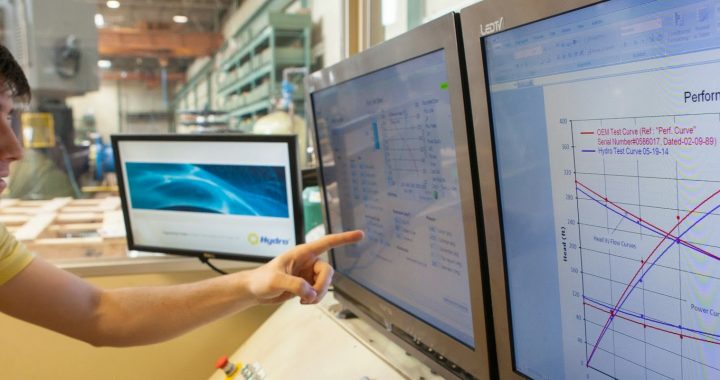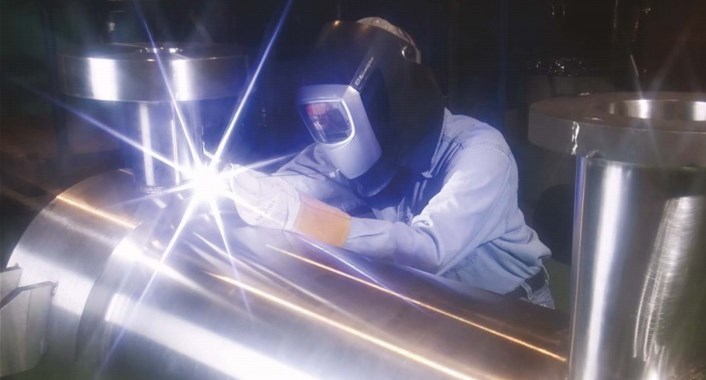Hydro South recently completed the overhaul of a Condensate pump at its facility outside of Atlanta, GA. This pump is a vertical can-type, motor-driven centrifugal condensate pump installed at a nuclear power facility in the Southeastern US. The condensate system has three identical pumps that operate in parallel (with a maximum of two pumps normally in service and an installed spare).
The pumps are designed to operate continuously for the normal 18-month fuel cycle with no maintenance attention. Because the condensate system is critical to plant operation, it is imperative to verify the performance of the pump before getting it back in service. Continue reading

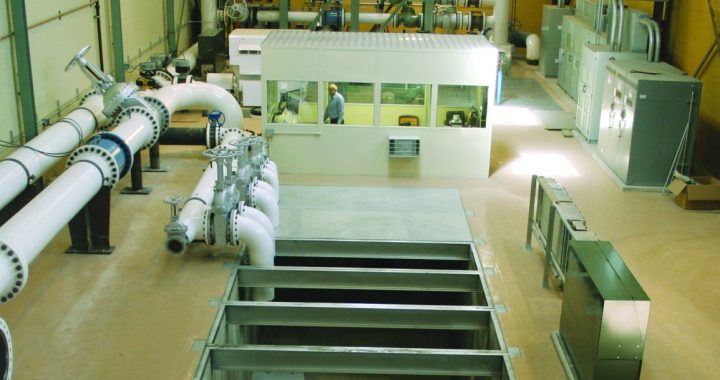
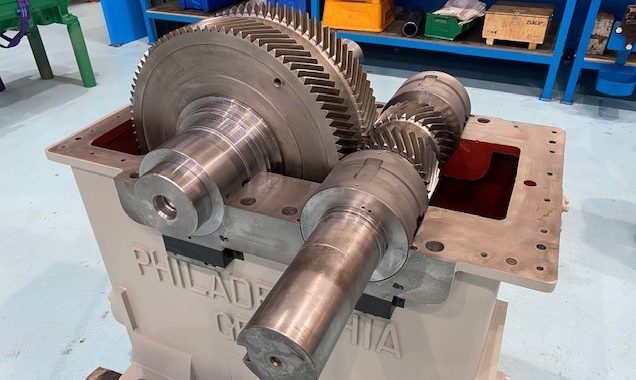
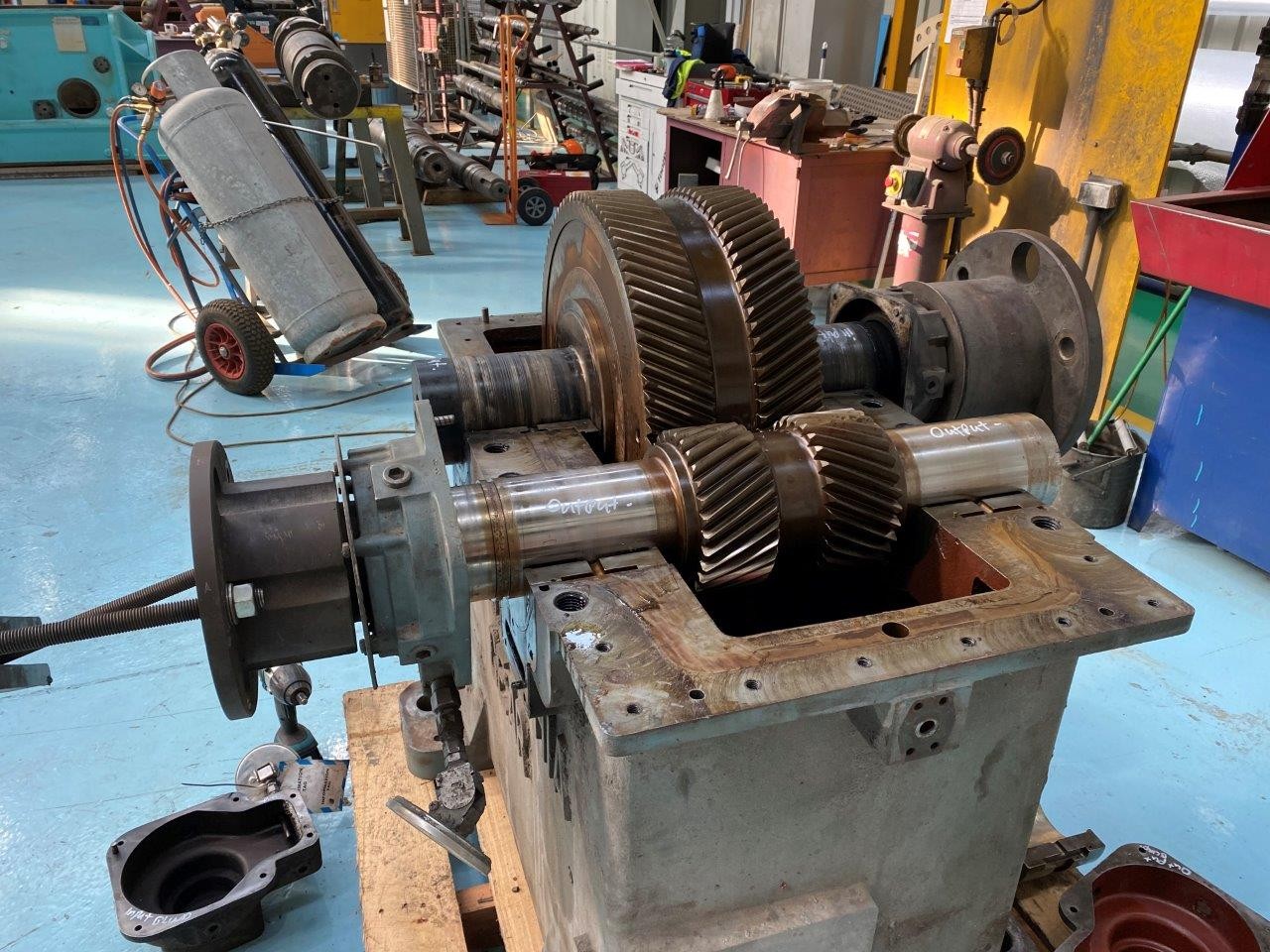 Not only does
Not only does 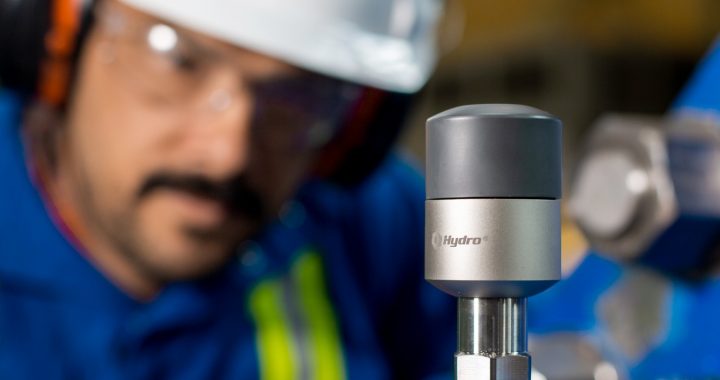
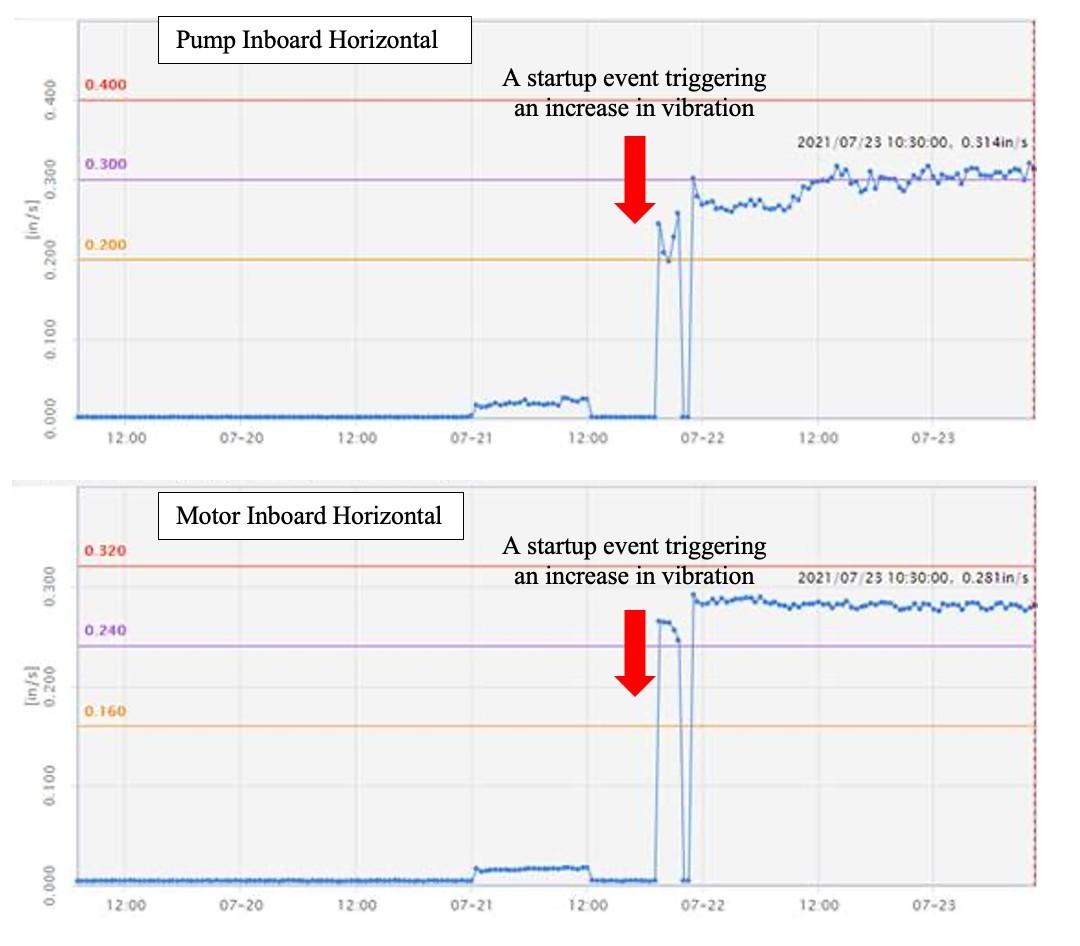 Alarm thresholds are chosen based on API standards. Hydro’s monitoring software is programmed to automatically report any alarm or emergent issue to Hydro’s engineering team and to the engineering team of the refinery. The graphs showcase a startup event with elevated vibration amplitude levels above the alarm 2 thresholds (>0.300 ips RMS) at the pump inboard and motor inboard sensor locations in the horizontal direction.
Alarm thresholds are chosen based on API standards. Hydro’s monitoring software is programmed to automatically report any alarm or emergent issue to Hydro’s engineering team and to the engineering team of the refinery. The graphs showcase a startup event with elevated vibration amplitude levels above the alarm 2 thresholds (>0.300 ips RMS) at the pump inboard and motor inboard sensor locations in the horizontal direction. 